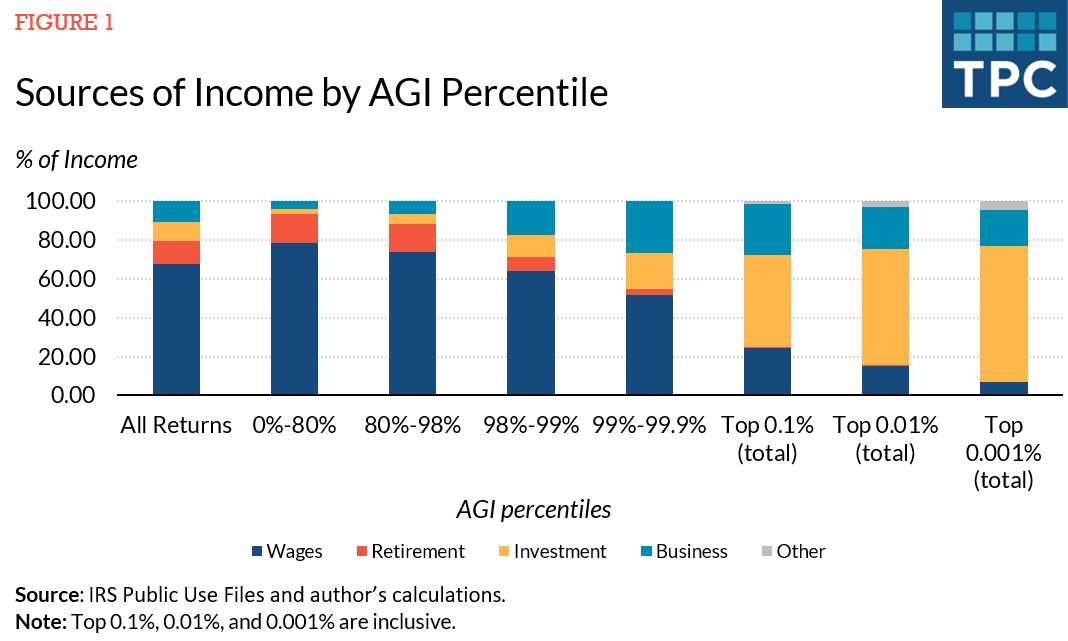Is AI the solution for the accounting firm of the future?
As tax and accounting professionals, we hear a lot about artificial intelligence (AI) and automation, but what exactly are these technologies’ roles and how do they complement each other?
During a recent webcast, Keith Hall, Senior Solutions Consultant, Thomson Reuters, and Chris Papin, Owner, Papin CPA, PLLC, set out to answer these questions—and much more. Here’s a recap.
Jump to:
Understanding the roles of AI and automation
Avoiding the risks associated with AI
How AI and automation can change staff dynamics
The impact of AI and automation on client relationships
Are you ready to become an accounting firm of the future?
Understanding the roles of AI and automation
AI and automation are fast becoming necessary in the operation of today’s tax and accounting firms, with each technology playing a different but interconnected role.
While AI and automation are complementary, Papin explained, “Artificial intelligence helps us arrive at an answer, whereas automation is a series of tasks that can be connected together.” Hall emphasized the importance of being proactive in adopting these technologies, stating, “It’s important to go into it with a certain goal on what you want to get out of it.”
From a tax professional’s perspective, automation can handle routine workflow tasks such as data entry, invoice processing, and compliance checks, allowing more of a focus on higher-value strategic advisory activities. AI technology, on the other hand, can analyze vast amounts of financial data, identify patterns, and provide insights that aid in decision-making and strategic tax planning.
Together, AI and automation support the shift to more valuable (and profitable) client advisory services.
Avoiding the risks associated with AI
In terms of the challenges and risks associated with AI, it is important to note that open source and publicly available generative AI platforms, like ChatGPT, are trained on vast datasets from across the internet. However, we don’t know if that data is confidential, proprietary, or quite frankly, accurate.
Because tax professionals rely on accuracy and preciseness, there is concern when using platforms like ChatGPT for tax answers as there is no way of knowing what pieces of data the model based its responses on – and no way to validate them.
Papin suggested that while AI technologies help in solving problems, there are still limitations. He cited the example of a ChatGPT providing inaccurate advice due to incorrect input.
All that said, adopting an AI-powered tax research solution that is grounded in expert data from reliable sources can eliminate this risk. Alongside integrated AI-powered tax software, your firm can enjoy a much more streamlined and highly efficient tax preparation and tax research process.
How AI and automation can change staff dynamics
During the webinar, the speakers also discussed how AI and automation can change the dynamics of staff roles at accounting firms. They emphasized the need for intentionality in implementing these technologies, with a focus on solving existing problems and creating efficient processes.
Papin highlighted how technology can help in making roles more efficient in the firm. He stated, “Are you serving your client? Does it help you elevate? Does it create space where, hey, in order to implement this for these hundred, I got to get rid of these 50? Sometimes that’s a tough decision we’ve got to make, but there’s only so many hours in a day.”
When asked about getting staff buy-in for implementing new technology, Papin emphasized the importance of showing how it would solve their problems. He shared, “The team has already asked for different tools, different ways. It’s just aligning. This is the tool you’re going to use when this pops up.”
The impact of AI and automation on client relationships
The speakers agreed that the integration of AI and automation in tax and accounting firms can significantly improve client relationships—if they are accompanied by a personal touch.
From an accuracy and efficiency perspective, AI-powered tax software can automatically update itself with the latest tax laws and regulations, ensuring compliance and reducing the risk of errors. Moreover, machine learning algorithms can predict trends and detect anomalies, helping firms identify potential issues before they escalate. This not only saves time and reduces costs but also enhances the quality of services provided to clients.
However, the human element remains crucial in maintaining long-lasting client relationships. While AI and automation handle routine tasks, the expertise and judgment of tax and accounting professionals are essential in interpreting results, providing strategic advice, and building trust with clients. Firms must strike a balance between leveraging technology and maintaining personal interactions to ensure clients feel valued and understood.
Papin highlighted the importance of being proactive with clients, explaining, “All we’re trying to do is make it convenient for the client so something that simple can be useful.” He also emphasized the need for clear communication and using the right tools for the right tasks, stating, “How do I get that information to my client in a way that they can consume it quickly and understand it?”
Are you ready to become an accounting firm of the future?
There is no doubt that AI and automation offer significant advantages to tax and accounting firms, including enhanced efficiency, accuracy, and client experience. However, successful implementation requires careful evaluation, balancing technological benefits with human expertise, and addressing potential challenges.
If you’re ready to learn more about the role of AI and automation and what it means for the future of the accounting profession, check out our on-demand webinar: Artificial Intelligence: The Solution for the Firm of the Future?
For more insight, join us for a virtual Advisory Bootcamp and our in-person Partner Summit where you’ll learn the steps you need to take to redefine your business model and distinguish between value-added advisory services and compliance services — and how you can monetize the value of that difference.






